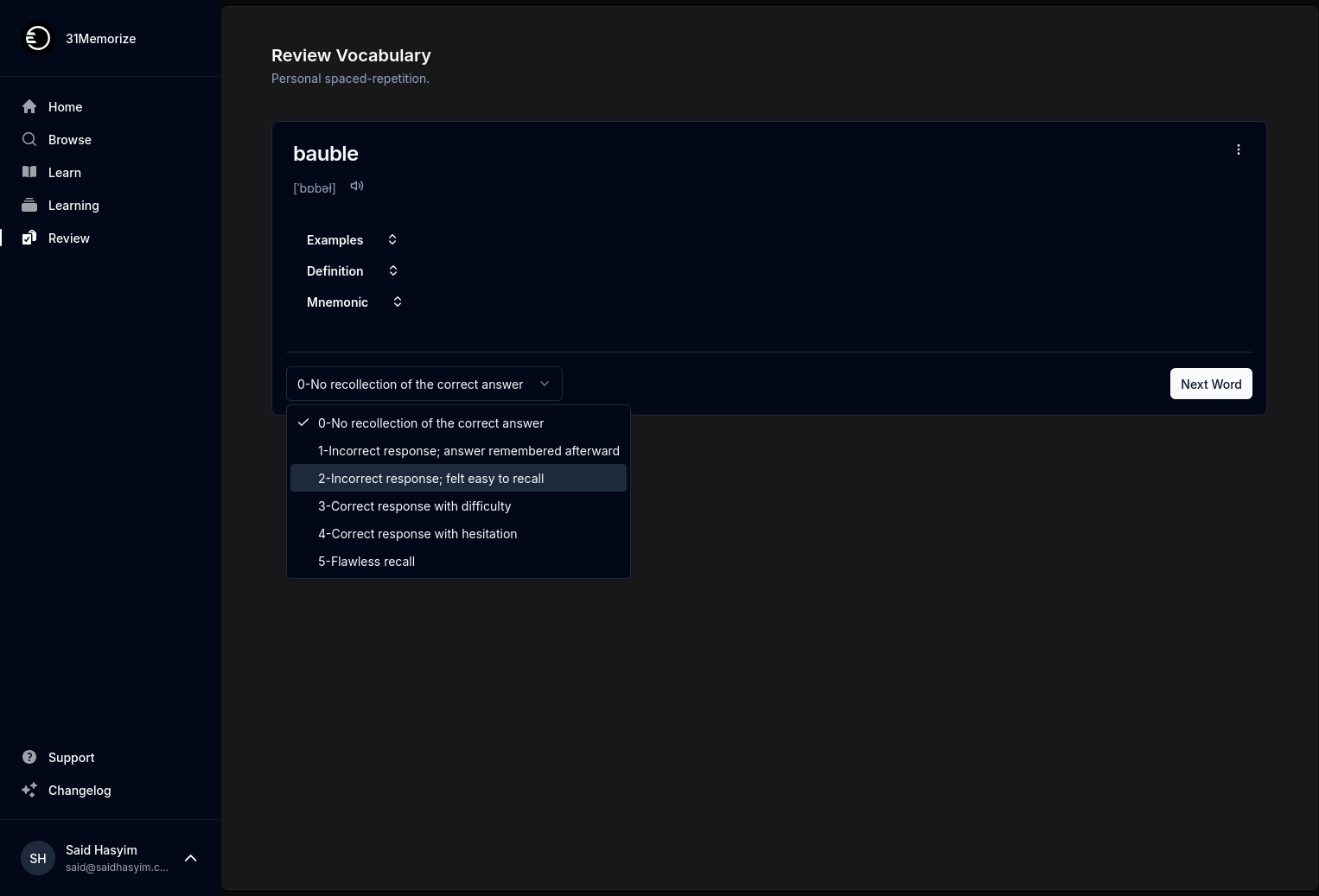Understanding the Impact of Star Ratings on Sales
In the digital age, where consumer choices are abundant and competition is fierce, businesses must employ every tool at their disposal to attract potential customers. One of the most powerful and often underestimated tools is the star rating system. But what exactly are star ratings, and how do they affect consumer behavior and sales? In this blog post, we will explore the nuances of star ratings, the psychology behind them, and their tangible impact on sales.
What Are Star Ratings?
Star ratings provide a visual representation of quality and satisfaction, typically on a scale from one to five stars—with one star indicating a poor experience and five stars representing excellence. This rating system is prevalent across various platforms, including e-commerce websites, apps, and social media. Consumers often rely on these ratings to gauge the quality and desirability of a product or service before making a purchase decision.
The Psychology Behind Star Ratings
Instant Gratification
In a world where attention spans are dwindling, consumers often seek quick and straightforward ways to make informed decisions. Star ratings serve as an instant summary of a product's performance based on previous customer experiences. A high star rating can evoke trust and confidence, reducing the time spent on research and comparison.
Social Proof
Humans are inherently social beings, and we often look to others for validation of our choices. Star ratings act as a form of social proof, where a high rating can reassure potential buyers that a product is worth their investment. Conversely, low ratings can deter individuals from making a purchase, as they signal possible dissatisfaction or underperformance.
Cognitive Dissonance
Cognitive dissonance occurs when new information conflicts with existing beliefs. For instance, if a consumer believes a particular product is excellent but sees it has a low star rating, this disagreement might compel them to revisit their initial beliefs or seek additional information. In this way, ratings can shape opinions and influence purchasing behavior considerably.
The Impact of Star Ratings on Sales
Conversion Rates
Numerous studies have shown that products with higher star ratings generally experience better sales performance. A high rating can dramatically increase conversion rates, as consumers are likely to purchase products perceived as good quality. For instance, a product with a 4.5-star rating is more likely to convert browsers into buyers compared to a similar product with a 2.5-star rating. This is particularly evident in e-commerce, where many shoppers replace traditional shopping instincts with instant evaluations via ratings.
Price Perception
Star ratings also influence how consumers perceive value. Products with higher ratings can often command a higher price because they are viewed as superior. Conversely, items with poor ratings may be seen as less valuable, compelling sellers to offer discounts to entice buyers. This phenomenon shows that the perceived quality associated with star ratings can directly affect pricing strategies and profit margins.
Customer Loyalty and Repeat Purchases
Star ratings not only impact initial sales but also customer loyalty. High ratings can lead to repeat purchases, as satisfied customers are likely to return for more. Additionally, a product with a consistent history of high ratings builds brand loyalty, as consumers come to trust that brand's offerings. On the flip side, if a consumer has a negative experience reflected in the ratings, they may choose to switch brands altogether.
The Filtering Effect
In crowded markets, star ratings can function as a filtering mechanism. Consumers often sort products based on star ratings to narrow down their options. This means that products with higher ratings are more likely to be seen and, as a result, purchased. Businesses that maintain high ratings benefit from this filtering process, as they can attract more organic traffic and improve their visibility online.
Addressing Negative Ratings
While high star ratings can boost sales, businesses must also recognize the implications of negative ratings. A single low rating can disproportionately impact a product’s perceived quality.
Encouraging Feedback
Encouraging customer feedback is crucial for ongoing improvement. Businesses should actively seek reviews from customers, not just from those who had a positive experience. Collecting comprehensive feedback can provide invaluable insights into areas needing improvement and can also help mitigate the impact of negative ratings.
Responding to Criticism
Transparency and authenticity go a long way in managing negative ratings. Businesses that acknowledge and address criticism, whether through direct communication with the customer or by acting on the feedback provided, can often recover lost trust and improve future ratings.
Conclusion
The impact of star ratings on sales is clear and multifaceted. They serve not only as indicators of product quality but also as influencers of consumer behavior. In an era dominated by online shopping, where choices are nearly limitless, star ratings can significantly enhance visibility, credibility, and sales performance.
As businesses strive to improve their offerings and customer experiences, they must recognize the critical role that star ratings play in shaping consumer perceptions and driving purchasing decisions. In doing so, they can harness the power of ratings to not only boost immediate sales but also foster long-term customer loyalty and brand reputation.
